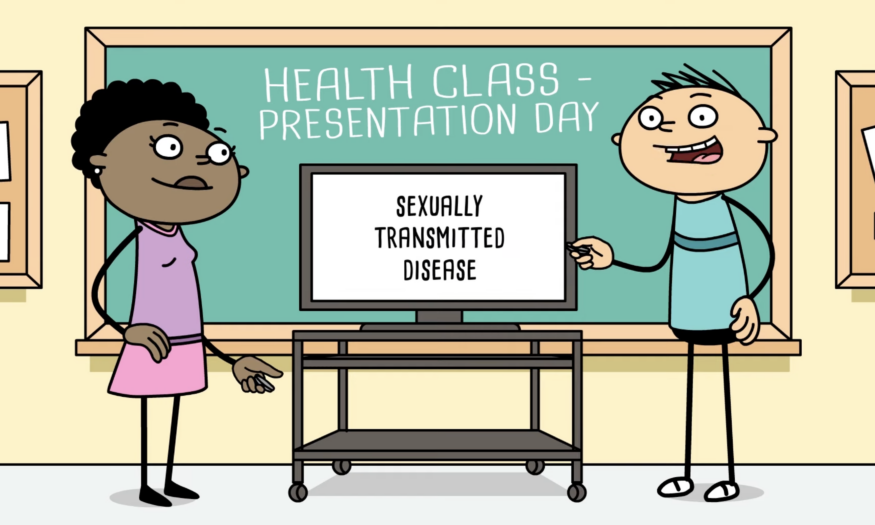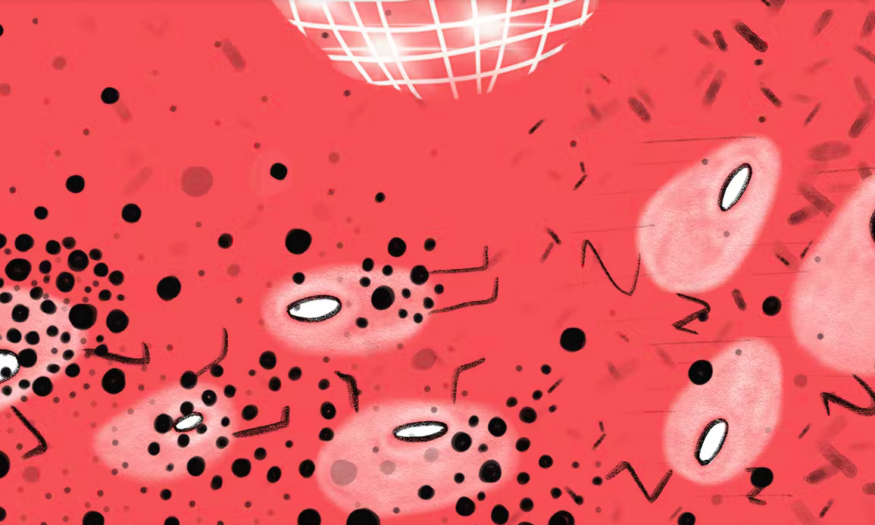Amaze Videos: Sexual Anatomy

The following videos from Amaze explore several important questions about sexually transmitted infections (STIs). They are geared towards young people, aged ten to fifteen.
STD and STI Stigma
Stigma around sexually transmitted diseases (STDs) and sexually transmitted infections (STIs) can cause a lot of physical or emotional damage. That’s why it’s important to know the truth about STIs. Many STIs are common, don’t always have symptoms, and can even be contracted when barrier methods, such as condoms, are used. If you are having sex, you can ask your healthcare provider or clinic, such as Planned Parenthood, about being tested.
STD Testing: What to Expect
If you are having sex, it’s important to get tested for STDs at least once a year. Not all healthcare providers automatically test for STDs, so you may need to ask. If you have any STD symptoms, you should get tested as soon as possible. The type of tests may vary, but they are usually quick and should not cause pain.
STD Prevention Beyond Condoms
Using condoms is one of the best ways of protecting yourself and others from STDs, but it’s not the only way. In addition to external condoms, using internal condoms, dental dams, abstaining from sex, and getting tested regularly will also help. It’s always important to talk with your partner so you can protect each other.
What Is HPV? (Human Papillomavirus)
HPV is a very common STI. There are many different strains of HPV, and although a majority of infections go away on their own, others can lead to symptoms like genital warts or certain types of cancer. The HPV vaccine is highly effective at preventing an infection.
Living with HIV
Human Immunodeficiency Virus (HIV) is a virus that weakens the immune system and can lead to Acquired Immunodeficiency Syndrome (AIDS). This video discusses the ways that HIV can be transmitted through bodily fluids, such as semen, breast milk, blood, and through sharing needles. It is normal to feel a variety of emotions after an HIV diagnosis, and although HIV cannot be cured, people with HIV can take certain medicines to live a healthy life.
HIV: How to Protect Yourself and Others
There are many misconceptions about how HIV can be passed from person to person. HIV is transmitted through bodily fluids, not casual contact like a hug or kiss. There are medicines you can take to both prevent the spread of HIV and help people with HIV live long and fulfilling lives.
HIV and Health Disparities
This video discusses HIV health disparities. It defines health disparity and addresses the health disparities that have been present in HIV/AIDS treatment, beginning with the HIV/AIDS pandemic. Today, income, race, immigration status, gender identity, and sexual orientation can all shape whether one has access to healthcare and HIV/AIDS treatments.






